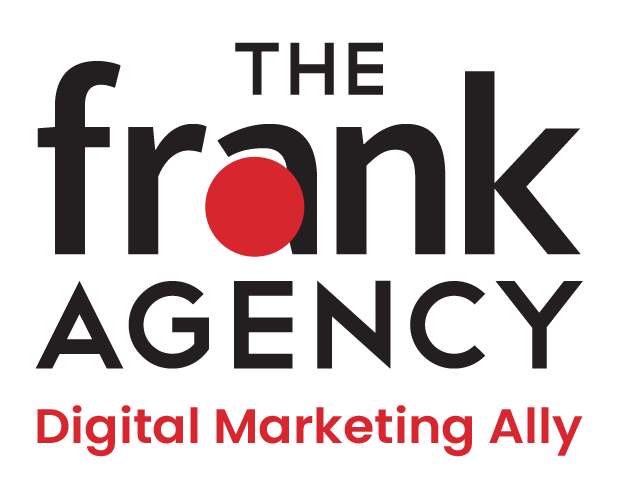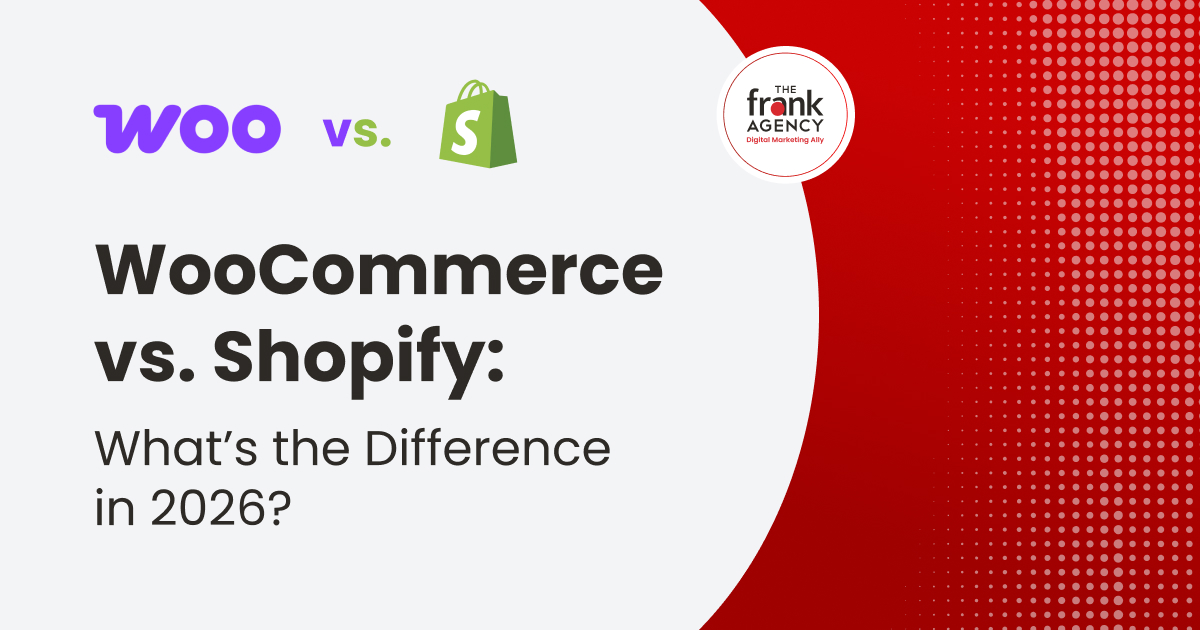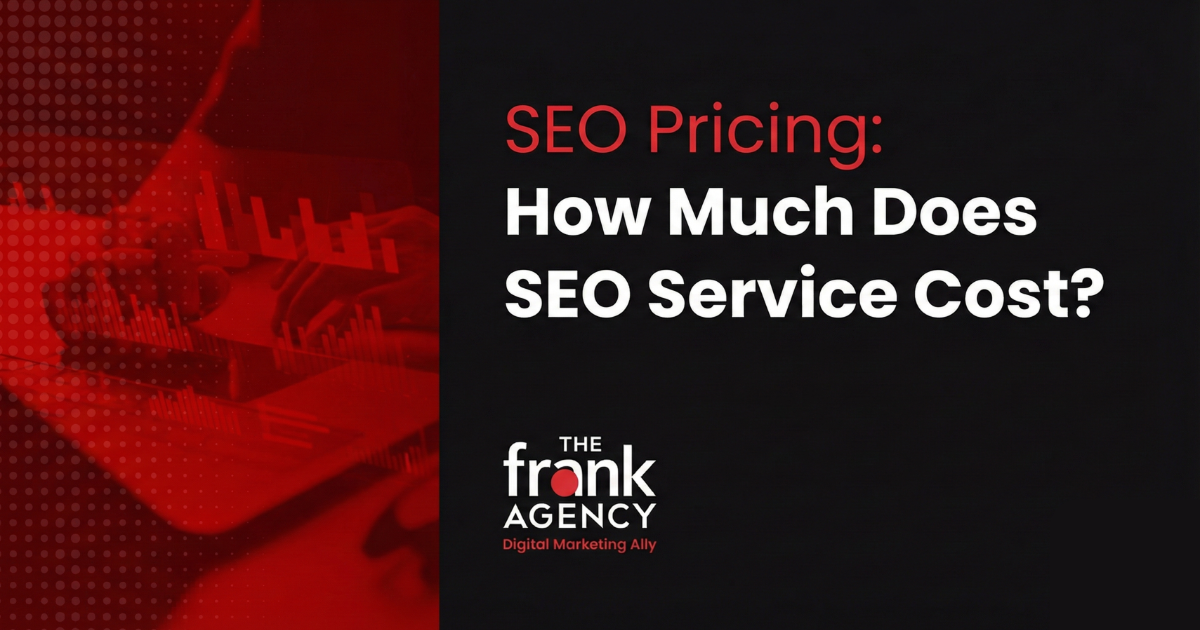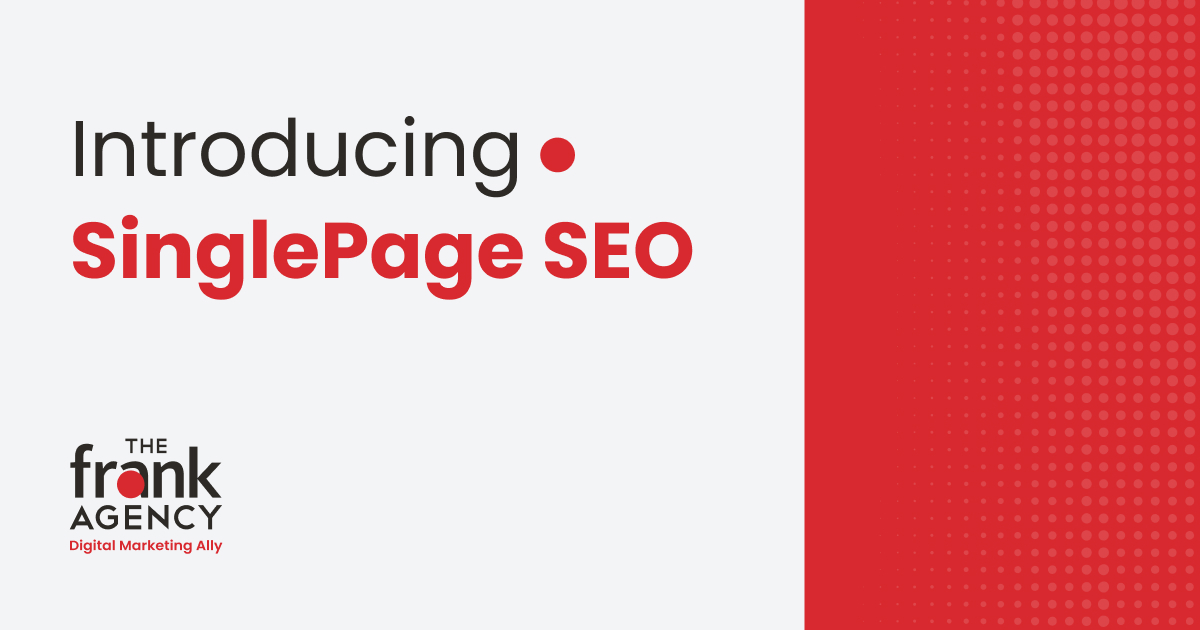Among digital marketers, one of the biggest elephants in the room has always been the alarmingly low click-through rates (the percentage of users who see an ad and click it) on banner ads. On average, the typical banner ad has a click-through rate (CTR) of about 0.1%. That’s already a pretty unimpressive number, even before considering Google Search ads can easily have a CTR in the 1.0%-3.5% range.
Given this shockingly low statistic, why is it then that marketers, especially direct response marketers, even bother with display campaigns? After all, wouldn’t those valuable advertising dollars be better spent in channels with a significantly better CTR?
The best way to answer this is to first understand the distinction between active and passive ads. Paid ads in Google search fall into the active category, since these users are intentionally seeking information (and thus are more likely to click and convert). A banner ad displayed to someone who is just browsing a website is considered a form of passive advertising. Another, more traditional type of passive advertising is television commercials.
To understand how both active and passive advertising work together for digital media, consider this scenario: Collin is a cat owner reading his favorite cat blog (just stay with me) when he sees a banner ad for a new kind of cat food available online. While the stars might seem to be aligned here (the messaging and product of the ad matches perfectly with the content of the site and the user), it’s still a longshot that Collin is actually going to click through the banner at that very moment and make a purchase. After all, maybe Collin just bought cat food. Or maybe he’s at work on his lunch break and doesn’t have time to place this order at that exact moment. Maybe Collin’s cat ran away and he is too distraught to buy cat food. The point is, Collin wasn’t actively looking for cat food right then, so it’s not clear he can or wants to act immediately.
At first glance, the banner ad didn’t really seem to do anything. An impression was served to a relevant user and nothing happened. Yet, let’s assume Collin continued to see more of these impressions for this same brand of cat food over the next two weeks. Eventually, when the time comes for Collin to buy more cat food, he performs a search in Google for that brand of cat food he has previously seen banner ads for. Collin clicks a Google search ad and finally buys some cat food and becomes a conversion.
The good news is that this kind of scenario doesn’t have to be just an assumption or a theory. There are a number of methods and tools that allow advertisers to use data to show the relationship between banner ads and increased search and conversion activity elsewhere. For example, tracking can be implemented that shows exactly how many instances there were when a user saw a banner ad and didn’t click it, but became a conversion at some point later on (this is known as a “post-view” conversion).
At the end of the day, the impact display campaigns can have on paid and organic digital media channels is absolutely measurable and actionable. Display ads can and do make sense for direct marketing, they simply require a slightly different perspective for quantifying their success.
Looking to make the most out of your display campaign? Contact The frank Agency today to learn more about our paid search services! The frank Agency is a full-service advertising agency in Kansas City offering everything from branding advice to website development.






